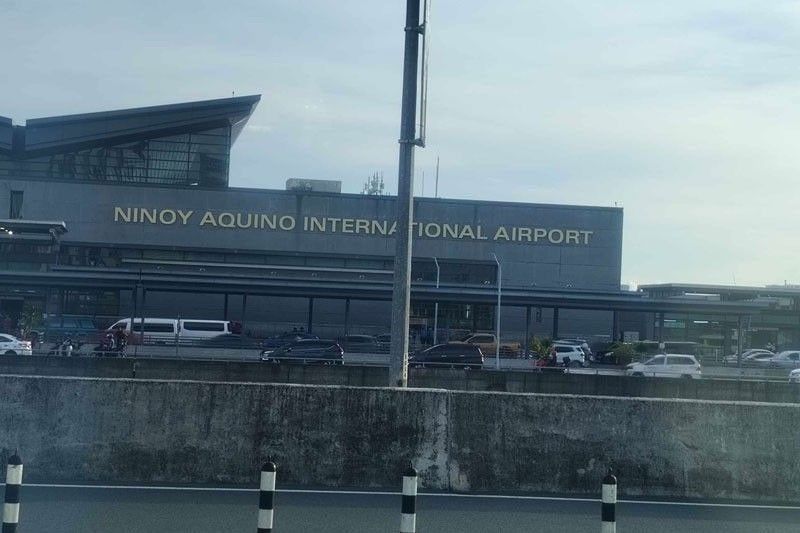Carriers worry over airport fees, cost hikes

MANILA, Philippines — Airlines are riding high from the liftoff of travel growth in 2024, but are worried that their wings would be clipped by cost spikes this year, such as fee hikes at the country’s main gateway.
Domestic carriers Philippine Airlines (PAL), Cebu Pacific and AirAsia Philippines expressed concerns that their momentum would be thrown off by price hikes, especially as some of these are unavoidable like the increased charges at the Ninoy Aquino International Airport (NAIA).
On top of this, they are on the lookout for external risks – from foreign exchange to geopolitical tensions – that could trigger jet fuel prices to go up again.
AirAsia Philippines CEO Ricardo Isla said the carrier is waiting for government response to the industry’s plea for intervention in NAIA. Travelers are scheduled to pay higher passenger service charges (PSC) at the airport starting September as part of its transfer to private hands.
In 2024, NAIA’s operations and maintenance were handed over to the New NAIA Infrastructure Corp., setting up the airport for a 15-year, P170.6-billion rehabilitation. In turn, NNIC is authorized to jack up NAIA fees in tranches to recover investments.
By September, the PSC paid by travelers will rise by 72 percent to P950 for international flights and by 95 percent to P390 for domestic trips, raising worries that this may discourage travel.
Prior to this, NNIC also increased several rates across NAIA, including fees for aircraft landing, takeoff and parking, even though airlines warned that these price hikes would also be passed on to consumers.
“As a key stakeholder, we advocate for a balanced approach that aligns with operational realities in airlines, while prioritizing the welfare of our guests,” Isla told The STAR.
Cebu Pacific president and chief commercial officer Alexander Lao said the airline is monitoring recent developments in aviation supply, forex market and geopolitical conflicts. He underscored that any abrupt changes in these factors may disrupt the general decline in fuel prices.
For 2025, the International Air Transport Association estimates jet fuel prices to average $87 per barrel. The group believes rates will keep on declining moving forward, as economies around the world adopt other sources of energy, leaving refineries with excess supply.
Despite this, PAL president and chief operating officer Stanley Ng said it would take only one geopolitical crisis to interrupt the downward trajectory in jet fuel prices.
“Airlines are vulnerable to geopolitical events, (and so) we continue to monitor developments on existing conflicts, including a possible spike in fuel prices,” Ng told The STAR.
Also, the peso is feared to depreciate to the 60 to $1 level this year, as the currency suffers from uncertainties triggered by a Trump redux at the White House.
However, airlines trust that they are prepared to overcome any turbulence that comes their way. AirAsia Philippines aims to fly 7.5 million passengers this year, confident that the reorganization of its parent Capital A Bhd. would lead to fleet and network expansion.
Cebu Pacific, for its part, received 17 aircraft in 2024 and is scheduled to welcome seven more in 2025. The airline owned by the Gokongweis will also fly between Manila and Sapporo starting Jan. 16, making it the lone carrier to connect the two cities.
“Stable fuel prices, the upgrades of multiple airports and our continued aircraft delivery program give us confidence as we grow our key hubs of Manila, Cebu and Clark, while opening two new bases in Iloilo and Davao, all within the last 100 days,” Lao told The STAR.
As for PAL, Ng said the airline anticipates the travel market to grow in 2025, especially if NNIC and the government deliver on commitments to improve Philippine airports.
PAL expects to receive its first batch of new wide-body aircraft from Airbus later this year, which it plans to deploy for long-haul flights where it is strongest among domestic carriers.
- Latest
- Trending






























